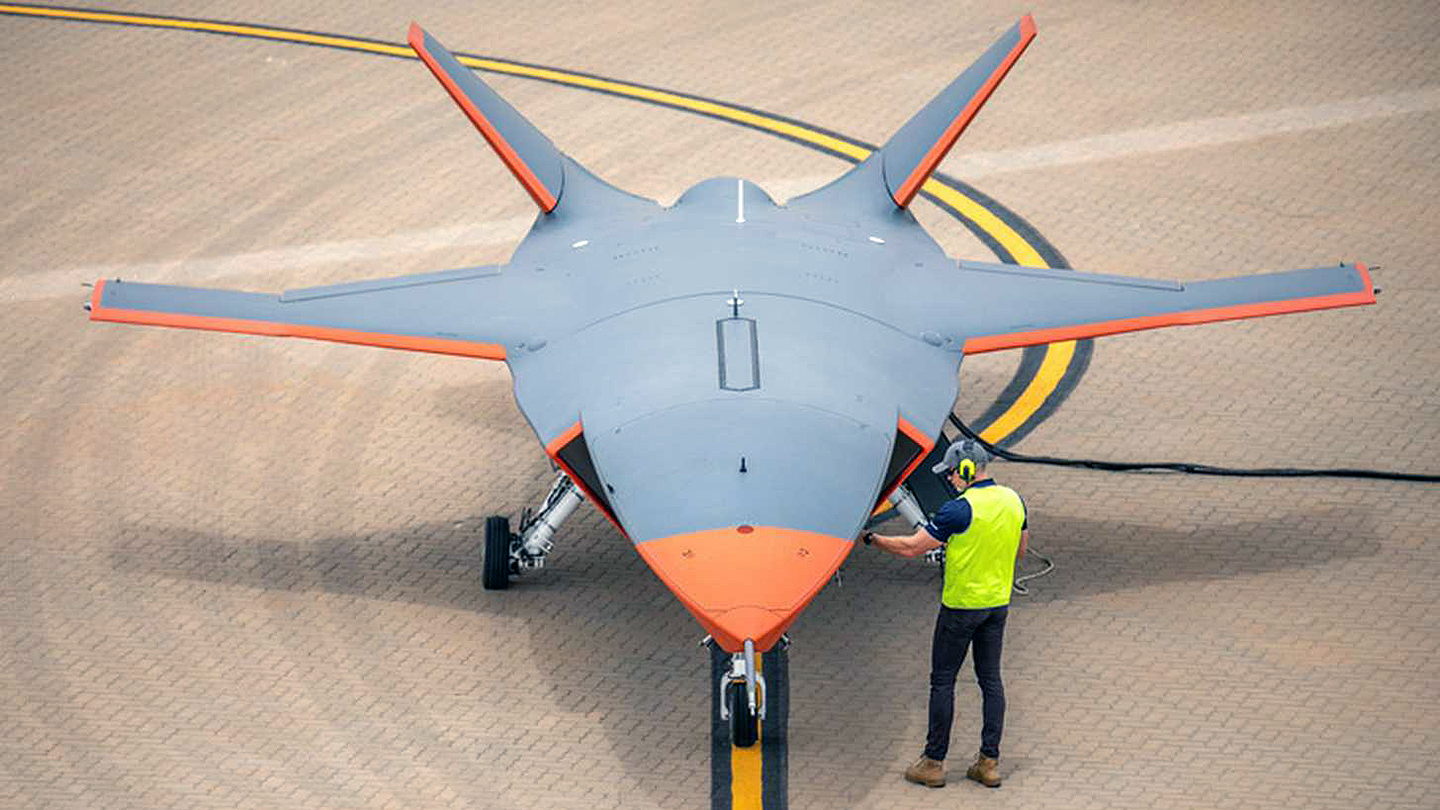The U.S. Air Force could be the next customer for the MQ-28 Ghost Bat drone that Boeing Australia is building for the Royal Australian Air Force, or RAAF. That revelation came about during a recent event in Australia that hosted U.S. Air Force Secretary Frank Kendall, who confirmed that “preliminary discussions” were underway with a view to buying the MQ-28 as a loyal wingman-type adjunct to the forthcoming Next Generation Air Dominance, or NGAD, program, a wide-ranging ‘system of systems’ intended to ensure U.S. tactical air dominance for years to come.
Kendall’s disclosure was first reported by Breaking Defense as part of a wider article in which Air Marshall Robert Chipman, the new boss of the RAAF, also discussed the strategic challenges posed by China in the Asia Pacific theater. Chipman also took the opportunity to criticize China for “unsafe” intercepts of RAAF aircraft in the region.
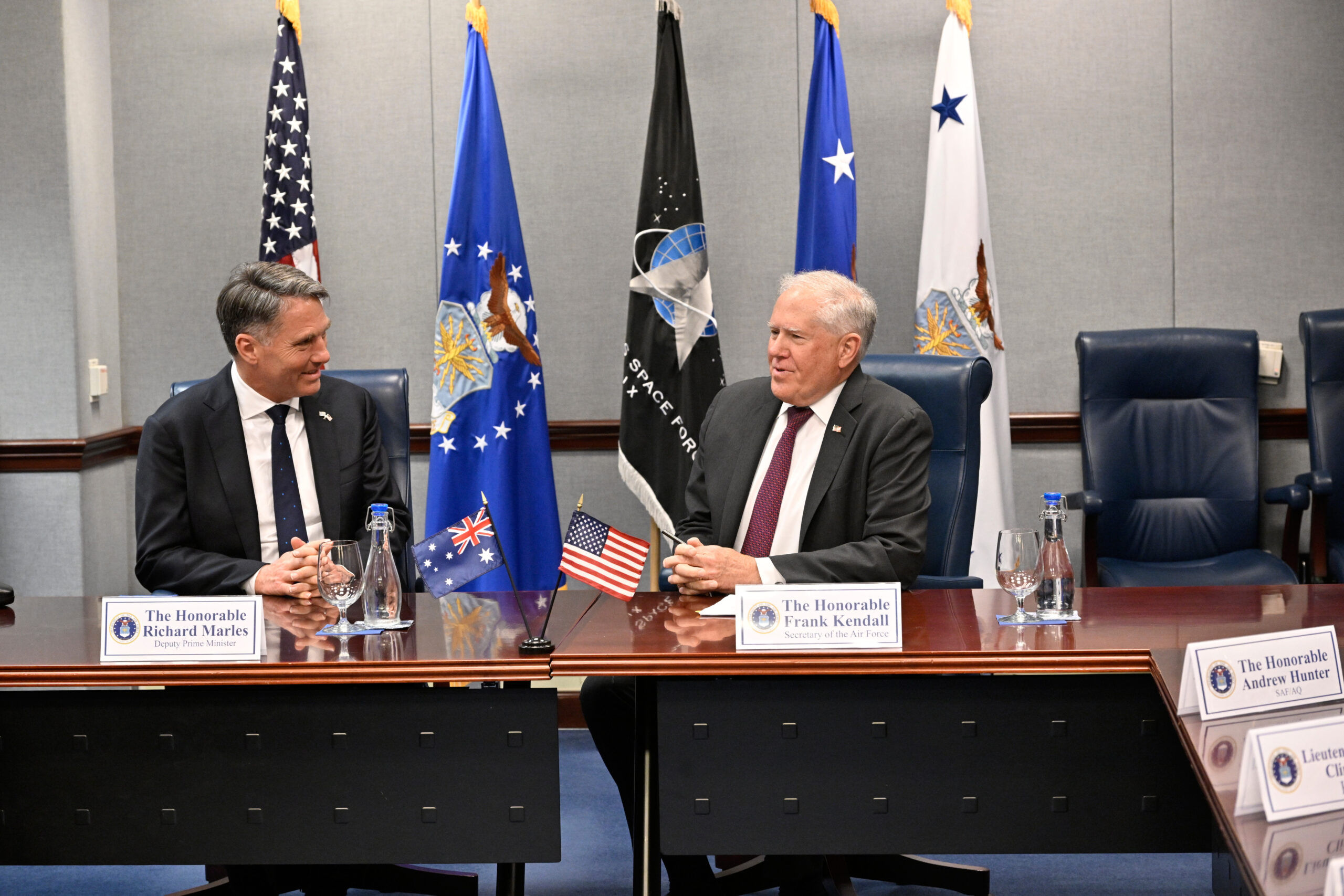
As to the possibility of the U.S. Air Force acquiring the MQ-28, Kendall told Breaking Defense that he is “talking to my Australian counterparts in general about the NGAD family of systems and how they might be able to participate,” in that program, which will also include a manned fighter component.
Kendall said that the MQ-28 could serve “as a risk-reduction mechanism” as part of efforts to develop drone capabilities for NGAD. “I think there’s a lot of mutual interest in working together. And we’re gonna be sorting out the details over the next few weeks,” he added.
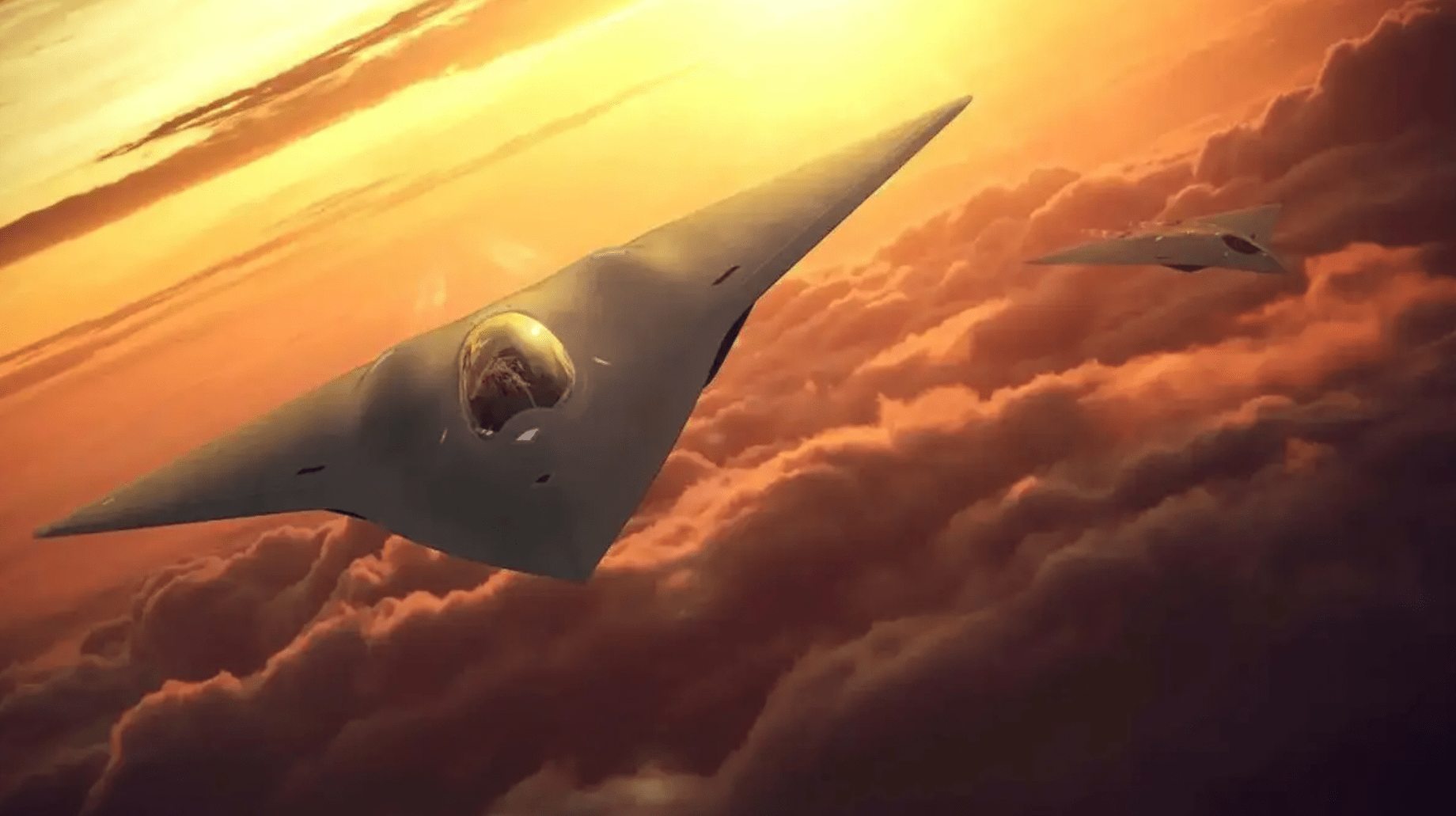
The U.S. Air Force secretary talked of a potential “derivative” of the MQ-28 for U.S. service, although it seems no further details of the scope of the modifications were disclosed. As it stands, the MQ-28 is being developed at first for the RAAF and a first example made its maiden flight on February 27, 2021, from Woomera, South Australia. A second prototype is now also flying, with a third set to join the flight test programme later this year.
The RAAF wants to put the drone into operation in 2024-25. The plan is to team the MQ-28 with existing manned combat aircraft, like the F-35A stealth fighter, F/A-18F Super Hornet, and EA-18G Growler electronic attack aircraft, and fly air combat, reconnaissance, and surveillance missions. It could also serve in a ‘protector’ role for high-value airborne assets like KC-30 tankers and E-7 Wedgetail airborne early warning aircraft. You can read more about what is now designated the MQ-28 in this past in-depth feature of ours.
Interestingly, Kendall had previously outlined, in very general terms, how he expected the drone component of NGAD would be developed. At a talk arranged by the Air & Space Forces Association in June, he discussed what sounded like a more iterative approach, but also indicated that the development of the drone element was less mature than that of the manned fighter. In that sense, it can be seen how the MQ-28 could become a very useful part of a much broader development curve.

All in all, introducing the MQ-28 to the wider NGAD architecture, even if only as an interim developmental/experimental capacity, seems to make a lot of sense.
We already know, for instance, that the MQ-28, which was originally known as the Airpower Teaming System, or ATS, is being offered by Boeing for the U.S. Air Force’s Skyborg loyal wingman program.

Skyborg is a wide-ranging initiative that encompasses a variety of systems that will form an artificial intelligence-driven ‘computer brain’ capable of flying both networked loyal wingman-type drones as well as more autonomous unmanned combat air vehicles or UCAVs.
In December 2020, Boeing, alongside General Atomics and Kratos, received a contract to build prototype airframes to carry systems developed under the Skyborg program.

With significant parallels between RAAF and USAF loyal wingman programs, The War Zone had predicted previously that the MQ-28 could play a role within the Skyborg initiative. According to Boeing officials, the MQ-28 as being developed for the RAAF and the company’s Skyborg offering will share a “common core” but will feature unique missionization.
With the MQ-28 designed from the outset for modularity, then it stands to reason that it could be tailored for missions related to NGAD, as well. In particular, the ‘snap-on, snap-off’ nose offers a significant amount of volume to carry various payloads, as you can read about here.
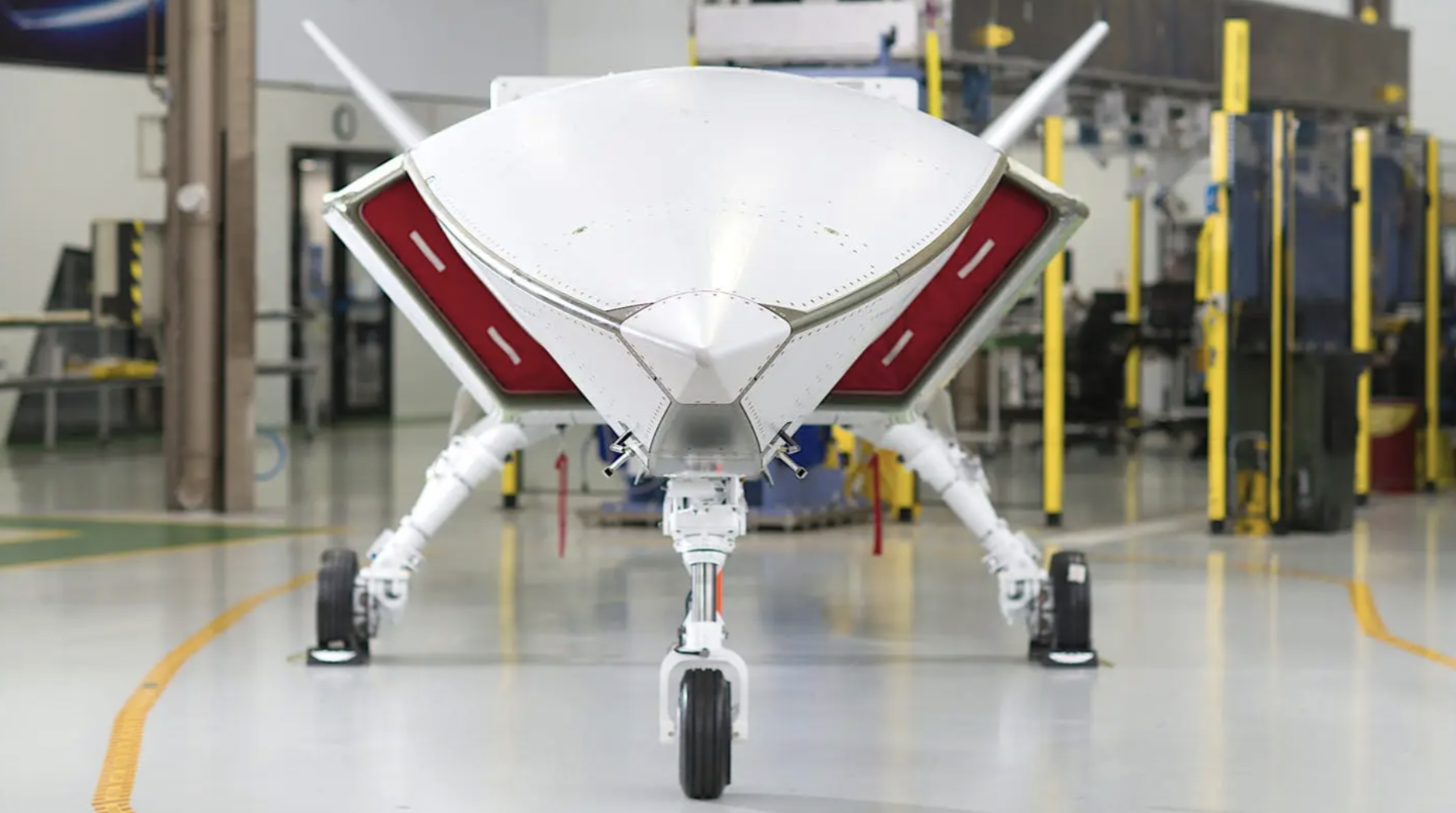
Not a great deal has been revealed about the kinds of payloads that the MQ-28 could ultimately carry, although an infrared search and track (IRST) system (which has now been fitted, at least in a test installation) and various radars are believed to be among them. However, even less is known about the kinds of drones — and there will almost certainly be multiple types — that will be developed under NGAD.
It’s also perhaps telling that Kendall, back in June, also talked about the drone element of NGAD as being “a more modular design, much less expensive.” He added that the drones wouldn’t need “all the systems a manned aircraft needs to have to support the operator” and would only have to carry “those things it needs for whatever we’re asking it to do.”
It’s easy to imagine that the MQ-28, or derivatives of it, could be adapted to carry various different kinds of sensors, such as radars and/or electro-optical sensors, communications gateways, electronic warfare payloads, or even defensive lasers, which could support NGAD’s tactical airpower system of systems. Of course, there’s also the potential, at least, for the MQ-28 to carry a variety of different weapons, too.
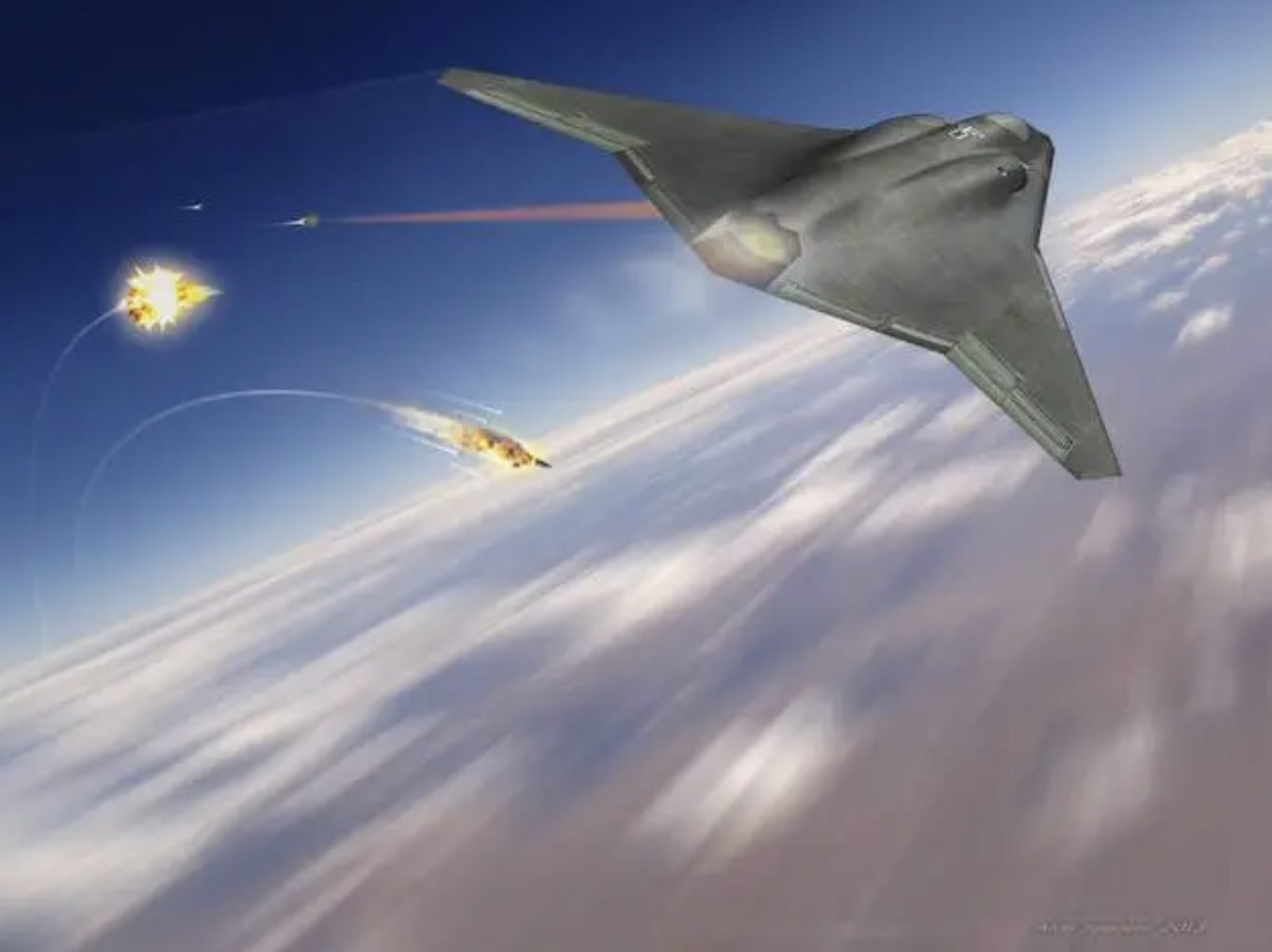
The fact that the MQ-28 has been developed relatively quickly also bodes well for potential introduction to the U.S. Air Force, with Boeing’s heavy reliance on ‘digital twins’ having significantly sped up the path from program launch to flying prototypes.
The overall design concept makes use of highly detailed surrogate drones that exist only in the virtual realm, and also some in the physical realm, but which can be used in lieu of much of the traditional flight testing using physical prototypes. This same ethos should also make it easier to field new iterations of the MQ-28, to meet different U.S. Air Force requirements, whether as part of NGAD or otherwise.

The fact that the MQ-28 will likely be ready to slot into an early iteration of the NGAD architecture in relatively short order is likely also not lost upon U.S. Air Force officials.
Earlier this year, Andrew Hunter, the Assistant Secretary of the Air Force for Acquisition, Technology, and Logistics bemoaned the fact that, despite “a lot of good work done over the years and a lot of demos done,” in terms of unmanned programs, “we haven’t fielded a lot of capability.” In this kind of scenario, with the Air Force seemingly playing catch-up, a readymade, ready-to-go solution like the MQ-28 could be very attractive.

More broadly, though, Skyborg — and potentially the MQ-28 — could contribute much to NGAD’s networked, manned/unmanned concept of air warfare, with its focus on developing “missionized prototypes with the ability to fly in experimentation events while teaming with manned aircraft.”
Certainly, there is much experimental work to be done, especially in terms of melding together manned and unmanned systems as part of the wider NGAD network. The plan is ultimately to have a viable concept of operations in which a single manned jet can serve as ‘quarterback’ to at least five unmanned loyal wingmen. Here, again, the Skyborg work will be crucial and will be expected to feed into NGAD.
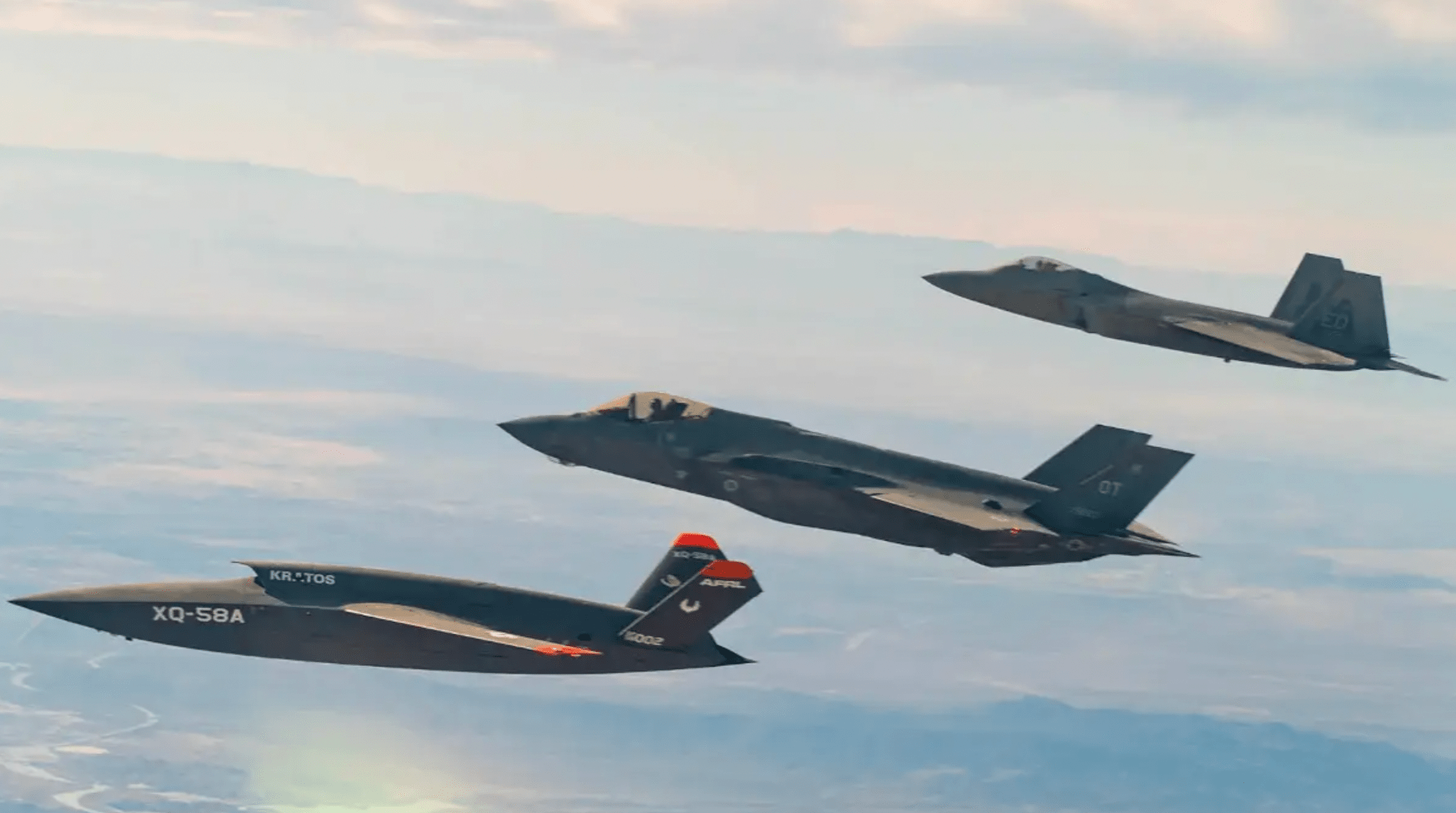
It’s even feasible that the MQ-28 could get the nod for the experimental Skyborg work, before being further developed as a fully operational platform that can be used for manned/unmanned teaming as part of the NGAD program. That would certainly seem to fit in with the risk-reduction angle that Kendall spoke of, although, ultimately, NGAD would likely also feature far more drones, with expanded combat capacity in terms of sensors, weapons, and — not least — the overall performance.
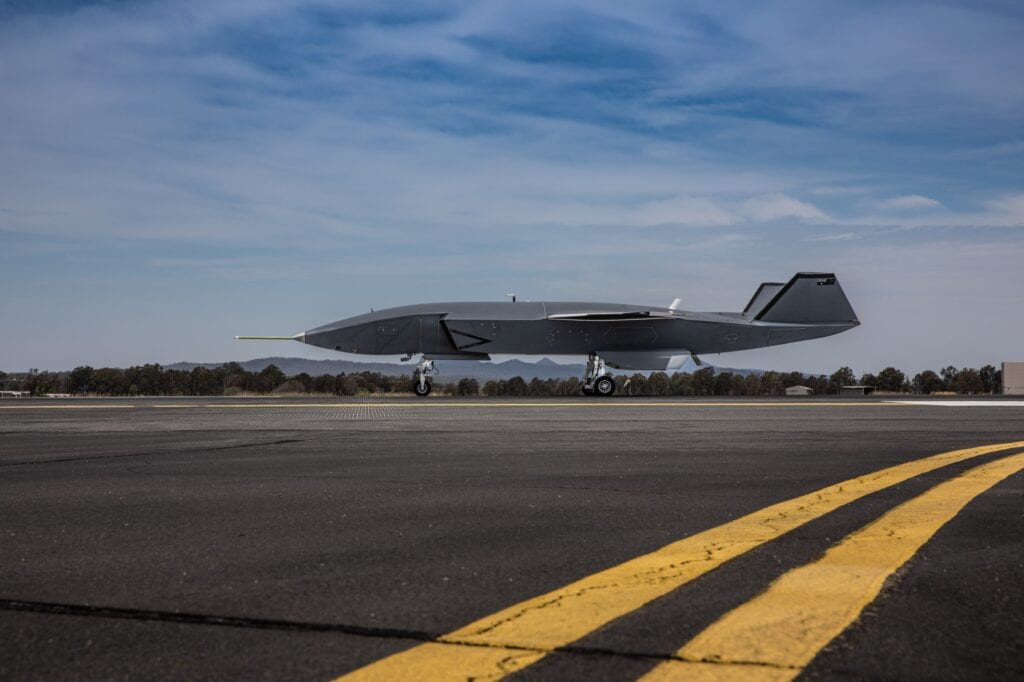
We already know that the U.S. Air Force plans for the drone portion of NGAD to follow an iterative approach that will be run somewhat separately from the manned fighter and other development strands. At the same time, loyal wingman drones that will operate semi-autonomously in conjunction with the new manned jet are already on the agenda.
Even in its basic form, the MQ-28 would appear to have a lot to offer the U.S. Air Force. Boeing says the drone has a range of around 2,000 nautical miles, which is roughly double the combat range of most manned tactical aircraft. At the same time, the drone is expected to operate from the kinds of austere locations that are becoming an increasing focus of the U.S. military as a whole, especially in the Asia Pacific region.
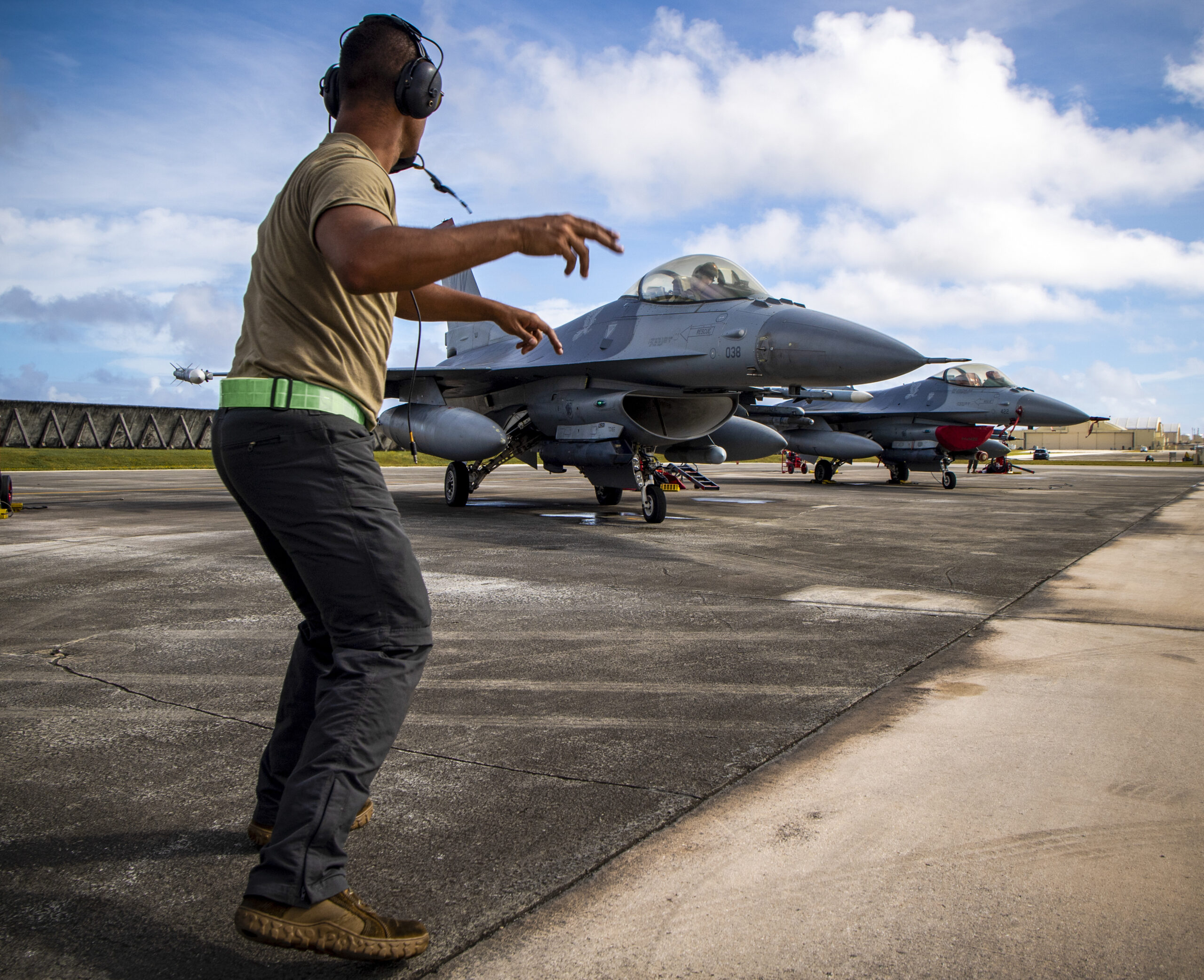
Beyond the U.S. Air Force’s NGAD program, the U.S. Navy is also working on its own, similar future tactical airpower initiative, also known as NGAD. Less is known about the Navy NGAD, but it’s understood to have some crossover with the Air Force program and it also will feature drones heavily. Interestingly, Boeing has also pitched a naval version of the MQ-28, showing off a tailhook-equipped model at the Navy League meeting in Washington DC this year. Perhaps the Ghost Bat, or versions of it, could find their way into both Air Force and Navy inventories.
At present, Australia has so far ordered 13 examples, meaning this is still a relatively small program of record. But there is clearly hope that it can help usher in a revolution in how the RAAF goes about its missions. Should the U.S. Air Force decide to acquire the MQ-28, that would not only provide an enormous boost to Boeing and to Australia but would also contribute significantly to the potentially revolutionary NGAD initiative, even if it is only used as a developmental stepping stone.
Contact the author: thomas@thedrive.com
